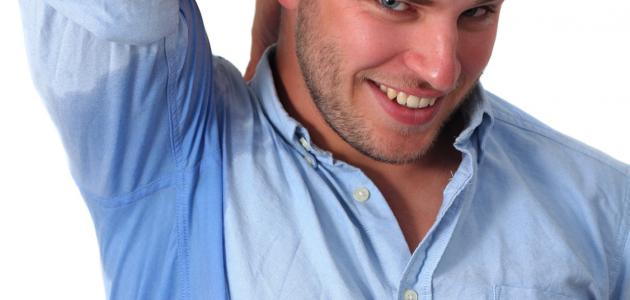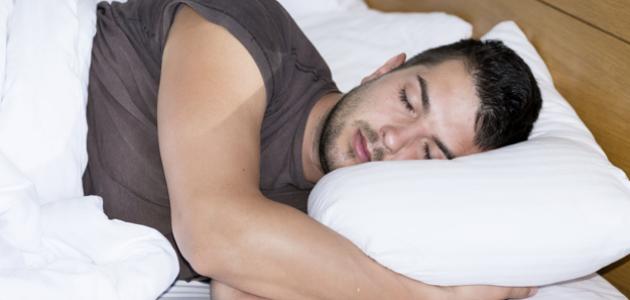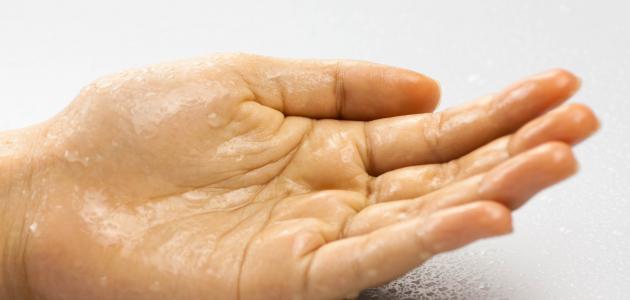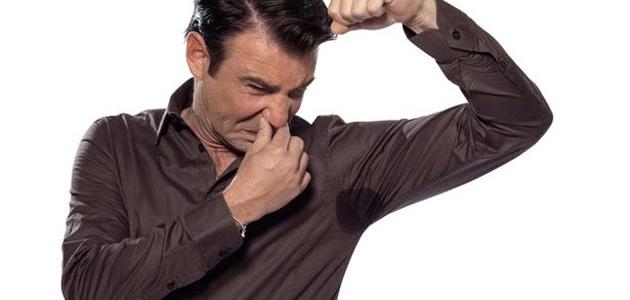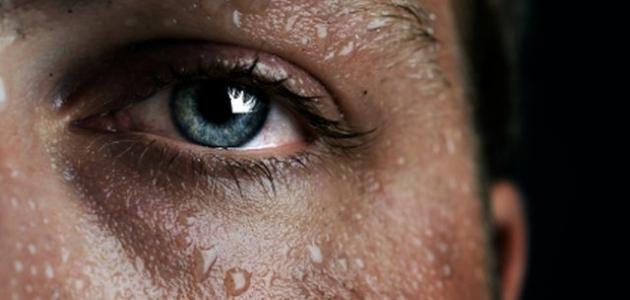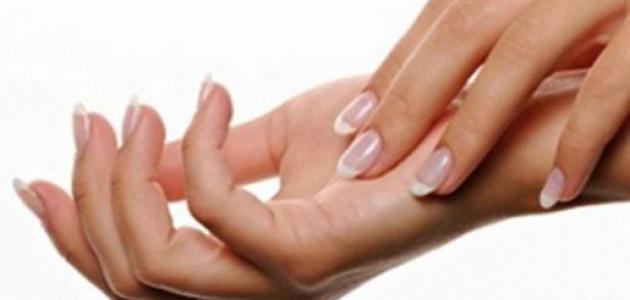Contents
an introduction
Sweating is known as a natural physiological phenomenon to which a person is subjected to regulating the internal body temperature by secreting quantities of sweat, through the parasympathetic nervous system, which is aroused as a result of psychological reactions, phlegm, and excessive arrogance, and is commensurate with the type of climate and the physical and psychological effort exerted.
It is normal for the proportion of sweat secretions to increase in hot or humid areas and with an increase in the outside temperature or when physical exertion increases, such as exercising, for example, or having a fever, or even when anger, fear and tension. Often this phenomenon is primary, that is, without the presence of other diseases, and the cause of it is unknown. Excessive sweating of the hands is a phenomenon present among 0.15% - 0.25% of the country's youth. The prevalence rate between males and females is equal. It has been observed that in 40% of cases there is a genetic tendency. Symptoms usually appear in early childhood and into adolescence. This phenomenon may cause functional disorders (difficulty writing and using tools) and social (refraining from shaking hands, fear of touching his / her partner, etc.)
The place of hyperhidrosis
1) Under the arm, the soles of the hands, which is the most common condition, the soles of the feet, the face, and it is usually concentrated in the forehead area. Hyperhidrosis can also affect the origin of the thigh, the trunk, the back, or some other areas. First: the facial sweat, which starts from the forehead downward, which makes the face always wet and causes severe embarrassment sometimes, especially for women and businessmen.
2) Sweaty palms, which is a major problem and may cause some employees to leave their jobs, such as bank men and accountants, due to their inability to deal with papers, and it may cause embarrassment to others and avoid shaking hands with others.
3) Heavy sweating of the armpits and trunk leads to white halos of dry salts under the armpits as a result of the accumulation of these salts that come out with sweat, and people suffering from it may avoid wearing colored clothes for fear of the effects of sweat stains on them.
Types of hyperhidrosis
Primary hyperhidrosis:
The cause of excessive sweating is unknown. Localized hyperhidrosis is often and approximately 50% of affected patients have close relatives with the same problem.
Secondary hyperhidrosis:
Caused by an overproduction of the thyroid gland, other endocrine diseases such as diabetes or increased secretion of the pituitary gland, menopause in women, or as a side effect of some drugs and treatments such as treatment for prostate cancer, Parkinson's disease, low blood sugar level or a high temperature
What are the treatment options for hyperhidrosis?
1) Treatment with botulinum injections:
Botulinum injections are very safe and are given in the armpits, palms of the hands and soles of the feet. Sweating generally stops in the treated area within two to three days after the injection and usually lasts for four to nine months. Botox works by blocking the nerve signals that stimulate sweating. Excessive sweating decreases by up to 70-80%, while light and moderate sweating stops only or increases the stop rate to reach 90% or more. After the effect of botox wears off, the patient needs to re-inject again, but the effect of re-injection is longer than the first injection .
2) topical treatments:
Antiperspirants that contain 12% to 20% of aluminum chloride can temporarily reduce sweat production in some patients. It is believed that, when applied directly to the skin area, give it at night before bedtime and wash the area the next morning
3) Treatments with oral medications
Different medications administered by mouth can help reduce hyperhidrosis, especially in people who have generalized hyperhidrosis.
4) Ionic Therapy
In this procedure, the patient uses a device that works on a battery to give a low electrical current to the hands, feet, or armpits to prevent sweat production. It is a treatment that has proven effective, especially in cases of increased sweating in the hands, which is the most visible case and causes embarrassment to the patient. Ion electro therapy uses electrical current to control excessive sweating, and almost everyone who has tried this type of treatment has noticed that hand sweating stops after 4-7 treatment sessions, and this improvement continues for a period ranging between two to three months, after which another stimulation session is required. . It is a treatment that can be repeated as it is safe and inexpensive. Easily and conveniently.
This type of treatment is well suited for cases of sweating of the palms of the hands and the soles of the feet, where the hands are immersed in two basins, in which plain water is used as an ionizing substance, and the ions pass through the skin of the hands or feet through two electrodes equipped with a certain method and an appropriate force. Although the reasons for the effectiveness of this treatment method are not known specifically, experts believe that it contributes to closing the sweat openings in the palm of the hand or the soles of the foot and thus reduces and prevents the exit of sweat from the palm.
During the treatment sessions, the patient does not feel the slightest feeling of discomfort, and the session lasts for about twenty minutes for the hands or feet, and the session is repeated every two to three days and for several sessions that may last up to seven sessions.
Surgical treatments
5) Cutting the sweat gland, where an amount of fat is removed along with the sweat glands. This procedure is only used to treat axillary hyperhidrosis
6) Endoscopic sympathectomy: This operation must be performed by a thoracic surgeon because it includes several risks and is not suitable for excessive sweating in the armpits, trunk or feet and this is the most permanent operation and various surgical methods have been developed. In the past, operations were performed in an open manner. With the development of the endoscopy technique - in which tubes are inserted into the cavity of the body and with its help an operation is performed), the open methods are no longer in use.
It seems that this surgery is easy, as it is performed under the influence of general anesthesia and is carried out on each side of the body one by one. There are people who have one tube inserted in the armpit and the other two tubes - one in the armpit and the second in another location in the front or side of the chest. Some remove the two sympathetic knots responsible for sweating on the hands, others just burn them. When the knots are removed, dry hands are obtained in 99.8% of cases, compared to 95.2% if they were burned. If so, then the question arises - why is the eradication not always carried out? The reason is that the excision process may cause damage to the organs located close to the site of surgery compared to the burn process. Also, the eradication requires a very high surgical skill. Therefore, most surgeons prefer to burn the nodes, and in the event of a recurrence of the phenomenon, the operation is performed again.
It should be emphasized that the operation is not only accompanied by expected complications resulting from each surgery, but also side effects specific to it: Ptosis, Neuralgia in the chest and / or upper limbs, excessive sweating in the face due to the influence of certain smells and foods. False sweating, excessive sweating of compensation, which appears after the operation in other areas of the body: chest, abdomen, back, thighs, legs, and others.
The causative agent of ptosis is known and can be prevented. While the cause of neuropathic pain is unknown, it is a rare phenomenon and sometimes it disappears over time. Excessive sweating of the face due to certain smells and / or foods, in general, that does not cause any bother. A phenomenon that is less troublesome is false sweating, where the patient thinks that his hands are sweating, but in fact they are still dry. The most difficult side effect is excessive sweating to compensate. It is a very common phenomenon, and the degree of its severity varies. Hard cases are rare. However, among the few who are dissatisfied with the operation, the majority of them complain of excessive sweating to make up for the severe compensation that afflicted them. So far, there has been no solution to this problem.
Dr. Abdullah Al-Qudah
